Once we mention magnetic keyboards, the hall effect keyboards are the ones we can connect. However, things are about to change! With the application of TMR technology in keyboards, a new technological innovation is coming.
TMR (tunnel magnetoresistance) technology, which once shone in the field of game controllers such as PB Tails Crush Defender, the Gamesir Tarantula PRO, and the BIGBIG WON Blitz 2, is now quietly entering the gaming keyboard market. It brings players an unprecedented control experience with unimaginable precision and response speed.
So, let’s take a deeper look at what TMR is, how it differs from the Hall Effect, and the benefits it brings when applied to keyboards.
What is TMR?
TMR is a sensor technology based on the magnetoresistance effect. Its full name is Tunneling Magnetoresistance Technology. This technology makes use of ferromagnetism and quantum tunneling to detect and relay signals to the connected device.

Features of the TMR technology :
1. High sensitivity: The TMR effect makes the sensor very sensitive to changes in the magnetic field and can measure weak magnetic field changes.
2. Wide range: The sensor's range can be adjusted by changing the structure and thickness of the metal layer, which can adapt to different application requirements.
3. Fast response: The TMR sensor has a very short response time and can respond to changes in the magnetic field in real-time.
4. Low power consumption: The sensor has a small operating current and low power consumption.
5. High stability: The TMR sensor has good temperature and long-term stability.

What is Hall Effect Keyboard?
Hall effect keyboards use Hall sensors to detect key presses. Hall effect is a physical phenomenon that a magnetic field influences the movement of electric charges within a conductor. Whenever a key is pressed, the magnet moves, changing the surrounding magnetic field distribution. The Hall sensor senses this change and generates a corresponding electrical signal, thus triggering the key press.
Related Article:
TMR VS Hall Effect
| Feature | TMR (Tunnel Magnetoresistance) | Hall Effect (HE) |
| Working Principle | Resistance changes due to the magnetic field altering current flow through metal layers. | Voltage generated by charge deflection under a magnetic field. |
| Sensitivity | Higher sensitivity, detects weak magnetic fields with high resolution. | Generally lower compared to TMR, requires strong magnetic fields for detection. |
| Accuracy | More precise and offers higher resolution | Less precise, typically requires calibration |
| Temperature Stability | Stable across wide temperatures, unaffected by changes. | Performance decreases with temperature variations. |
| Power Consumption | Low, suitable for battery-powered devices. | Higher, especially for continuous monitoring. |
| Technology | More complex and sophisticated, used in high-performance applications | Simpler and more widely used |
| Cost | More expensive due to complex fabrication | Typically cheaper |
| Applications | Used in gaming controllers and now in keyboards like FUN60 Ultra for high precision. | Common in keyboards, reliable but less advanced. |
1. Working principle
TMR: TMR sensors use the tunnel magnetoresistance effect to detect changes in magnetic fields. When the insulating layer between two magnetic layers is thin enough, electrons can pass through this insulating layer, forming a tunnel current. The magnitude of this tunnel current is affected by the magnetization direction of the two layers of magnetic materials, so the magnetic field can be detected by measuring the change in resistance.
HE: When current passes through a conductor or semiconductor in a magnetic field, the charge carriers are deflected by the Lorentz force, resulting in a voltage difference on both sides of the conductor or semiconductor.
2. Sensitivity
TMR: TMR sensors have very high sensitivity and resolution and can accurately detect and measure very weak magnetic field changes.
HE: Although Hall sensors can also detect magnetic fields, their sensitivity is relatively low, and they require a large magnetic field to produce a detectable voltage change.
3. Accuracy
TMR uses weak electromagnetic waves rather than strong ones, which means that smaller adjustments and movements are picked up by the sensor.
4. Temperature stability
TMR: TMR sensors can operate over a wide temperature range, from low temperatures to over 150 °C. In addition, TMR sensors are insensitive to temperature changes, so they can provide stable performance under different temperature conditions.
HE: The performance of Hall sensors is greatly affected by temperature, and temperature changes may cause their sensitivity and accuracy to decrease.
5. Power consumption
TMR: TMR sensors have low power consumption and are suitable for battery-powered devices.
HE: Hall sensors have relatively high power consumption, especially in applications that require continuous monitoring of the magnetic field.
Such as joysticks, TMR joysticks have a resolution of 3000 points per axis, which is 10 times more than Hall effect. Despite this, the power consumption is much lower, at about 100 microamps compared to four milliamps.
Application of TMR technology in keyboards
Fun60 Ultra TMR Version
The FUN60 Ultra is the first magnetic keyboard to feature TMR technology. We can think it is the best choice for competitive gaming because it can perform well even in the wireless mode.
The TMR sensor can accurately detect and measure very weak magnetic field changes. This means that the FUN60 ULTRA TMR keyboard can capture keystrokes more accurately and provide a smoother and more accurate typing experience.
At the same time, the TMR sensor has low power consumption. TMR keyboards can not only achieve higher performance and a better user experience but also maintain low power consumption. This means that the Fun60 series keyboards have longer battery life while providing high performance. Best for competitive gaming in wireless conditions.

In addition, because TMR keyboards have lower power, they generate less heat during long-term use, which helps to improve the stability and service life of the keyboard.
Besides, you can find Fun60 Ultra TMR version magnetic keyboard is compatible with magnetic switches and mechanical switches. There are hot-swappable switch sockets for mechanical switches. That means you can replace or upgrade your keyboard switches at any time according to your preferences and needs. It is cool to enjoy the dual feel of magnetic switches and mechanical switches on one keyboard.

M1 V5 TMR
After the FUN60 Ultra TMR, the M1 V5 TMR keyboard comes here! As one of the M1 V5 series, it features the rapid dissable design for the easy customization. The gasket-mounted and aluminum case gives a cushioned but solid typing feel.
8000 Hz in both wired and 2.4 GHz modes and the tro mode connection can give you a fast and accurate experience for your gaming.
One of the coolest parts: you can mix magnetic switches and mechanical switches, because the board supports both.

Conclusion
TMR technology is gradually changing the world of gaming keyboards. If you're seeking the ultimate in performance, consider trying a TMR-equipped keyboard.
And as the application of TMR technology in keyboards continues to deepen and develop, we can expect even more innovative and impressive products to emerge in the future.


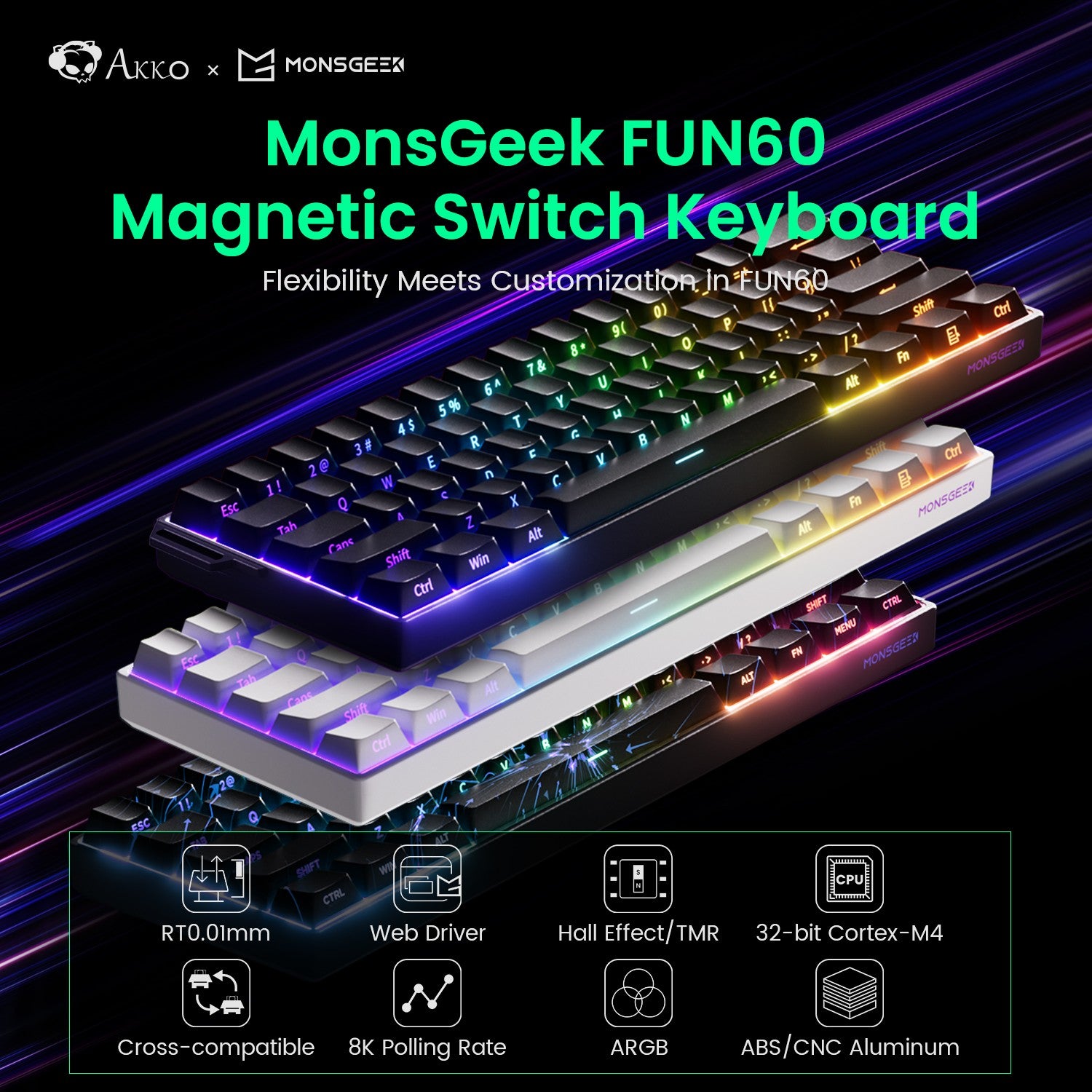

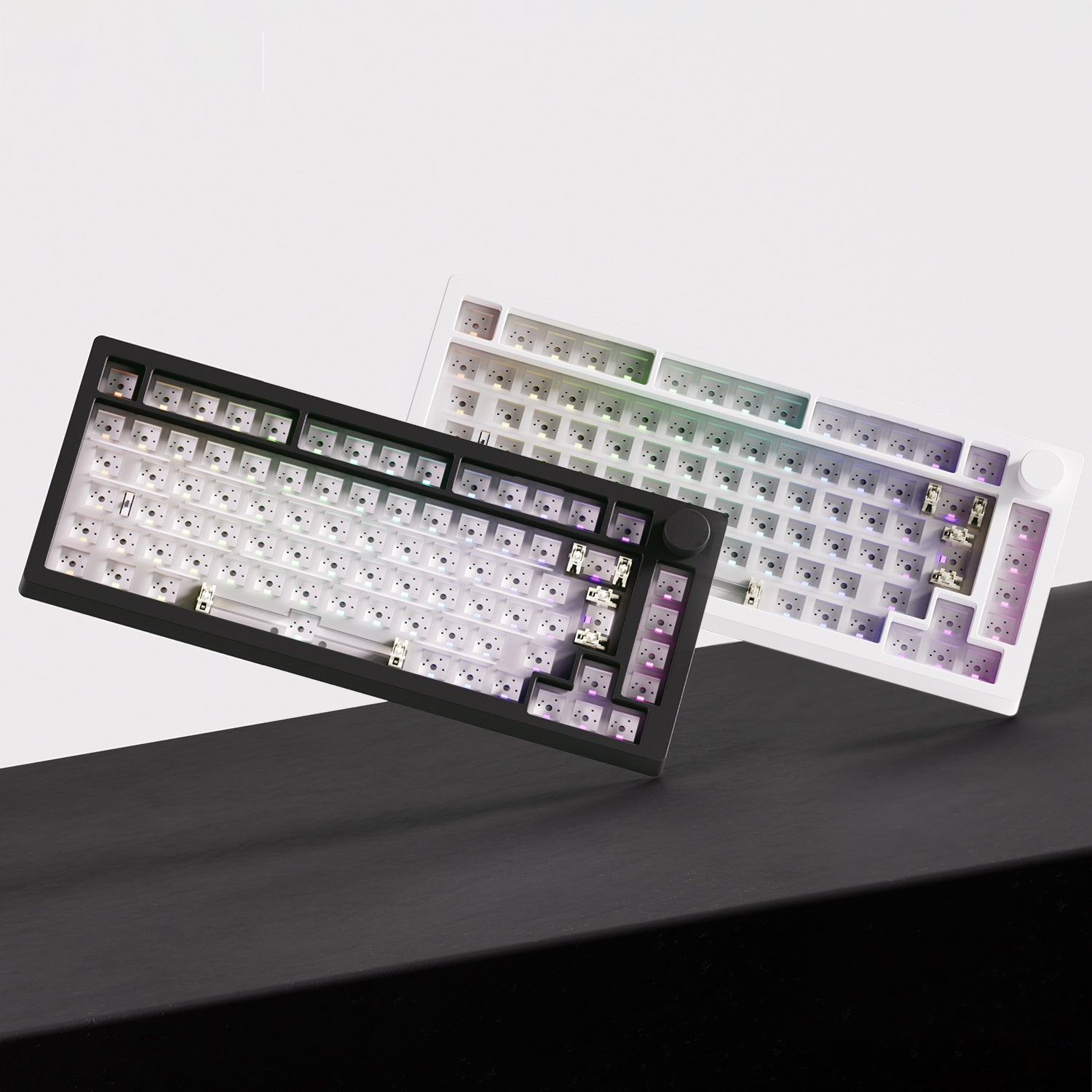


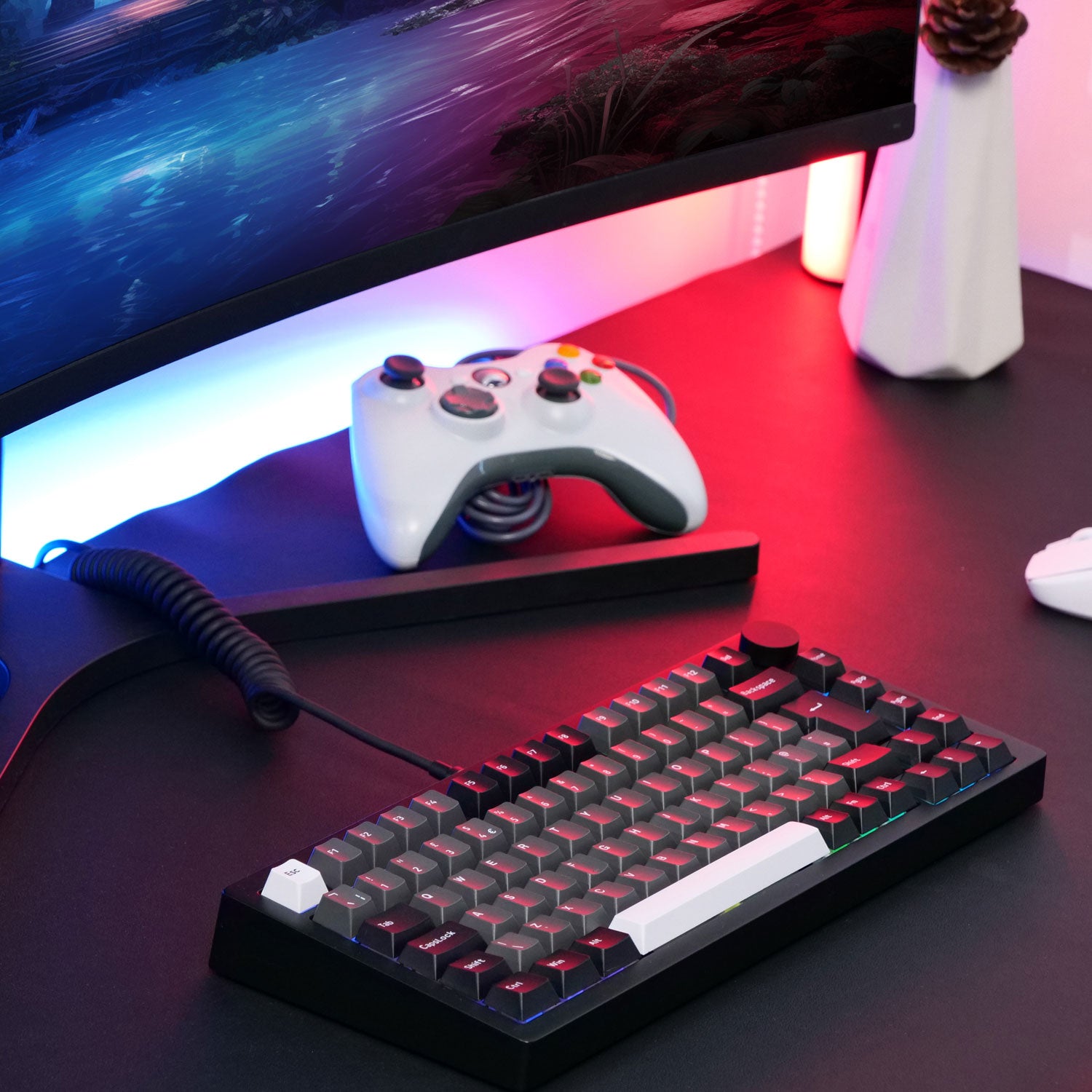

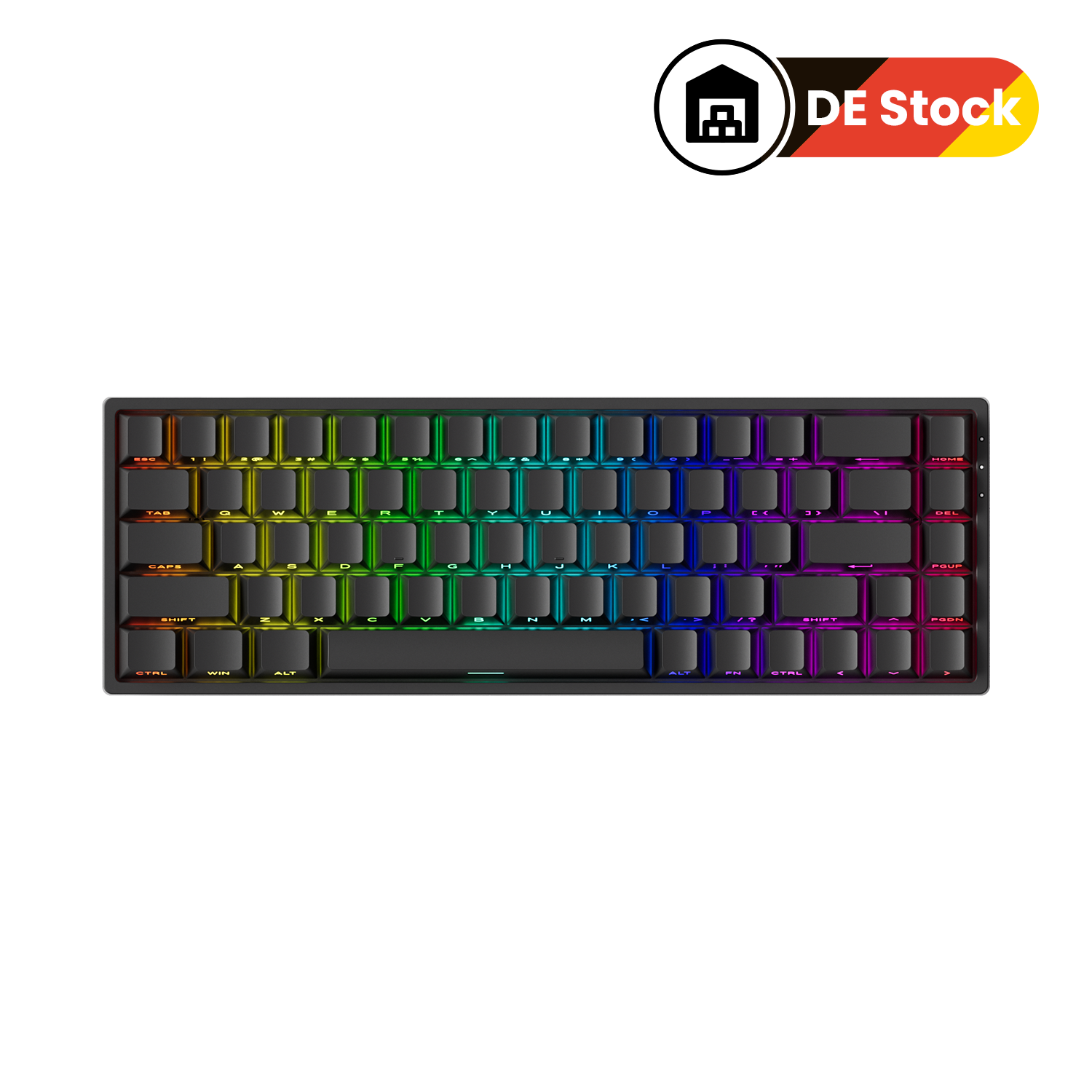
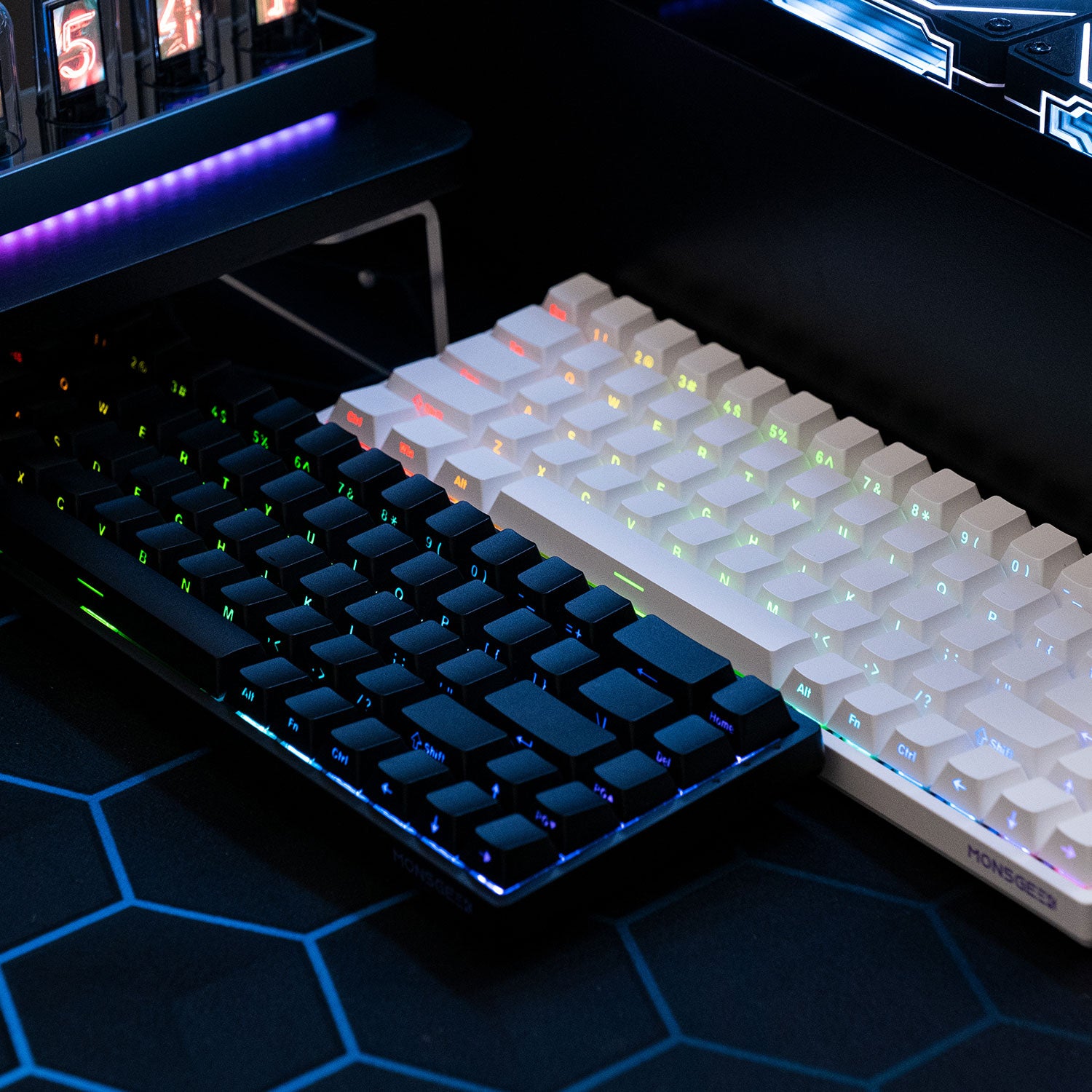
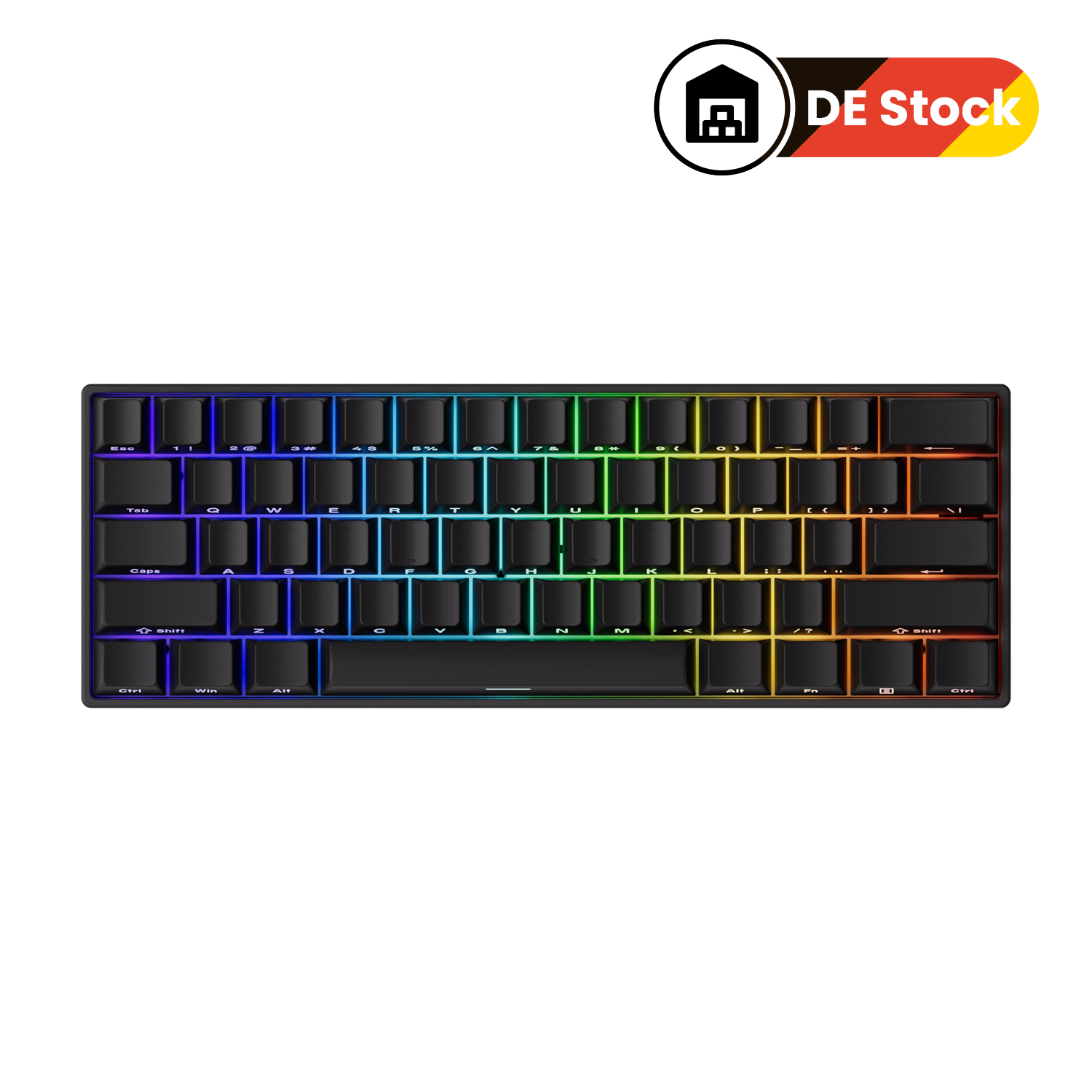
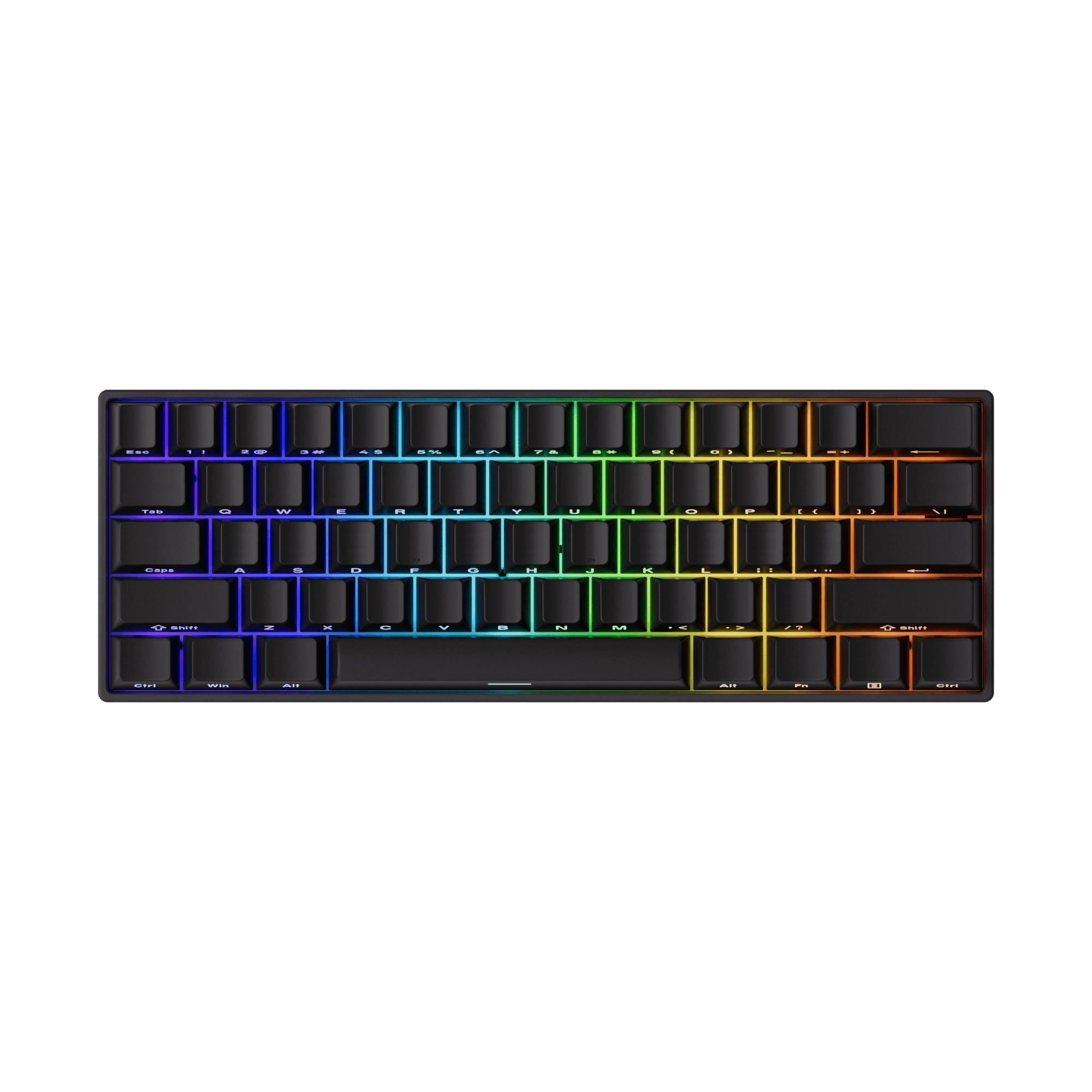
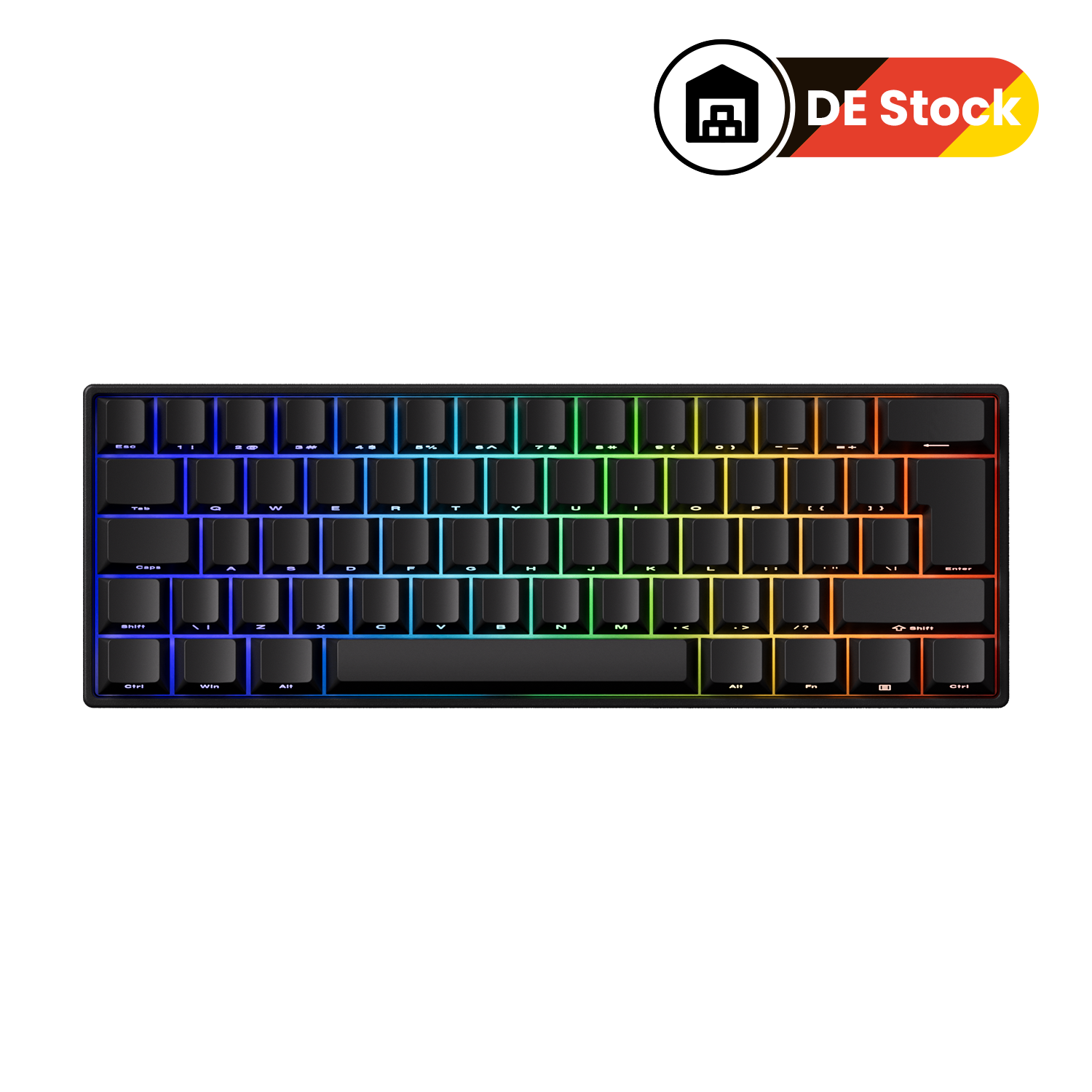
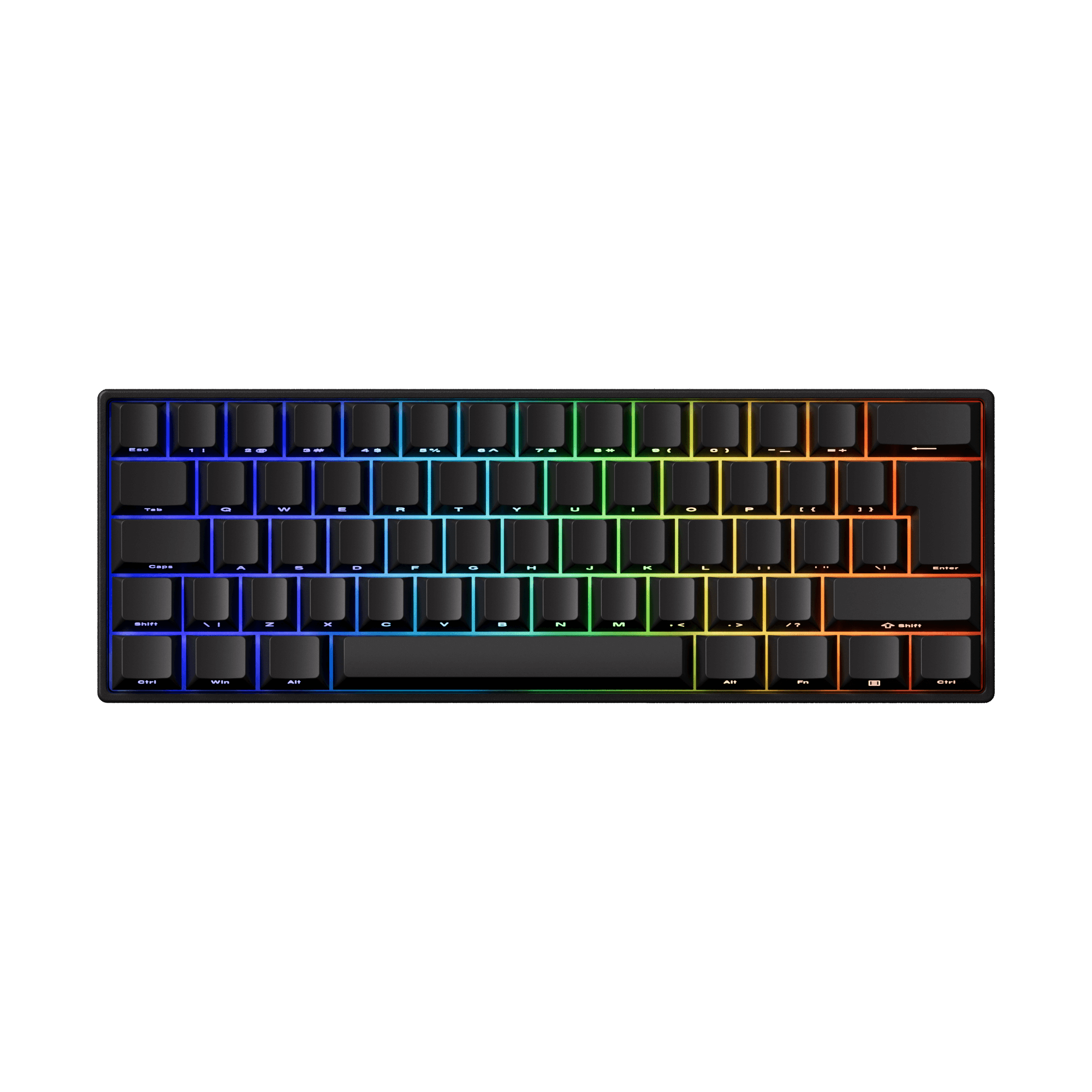
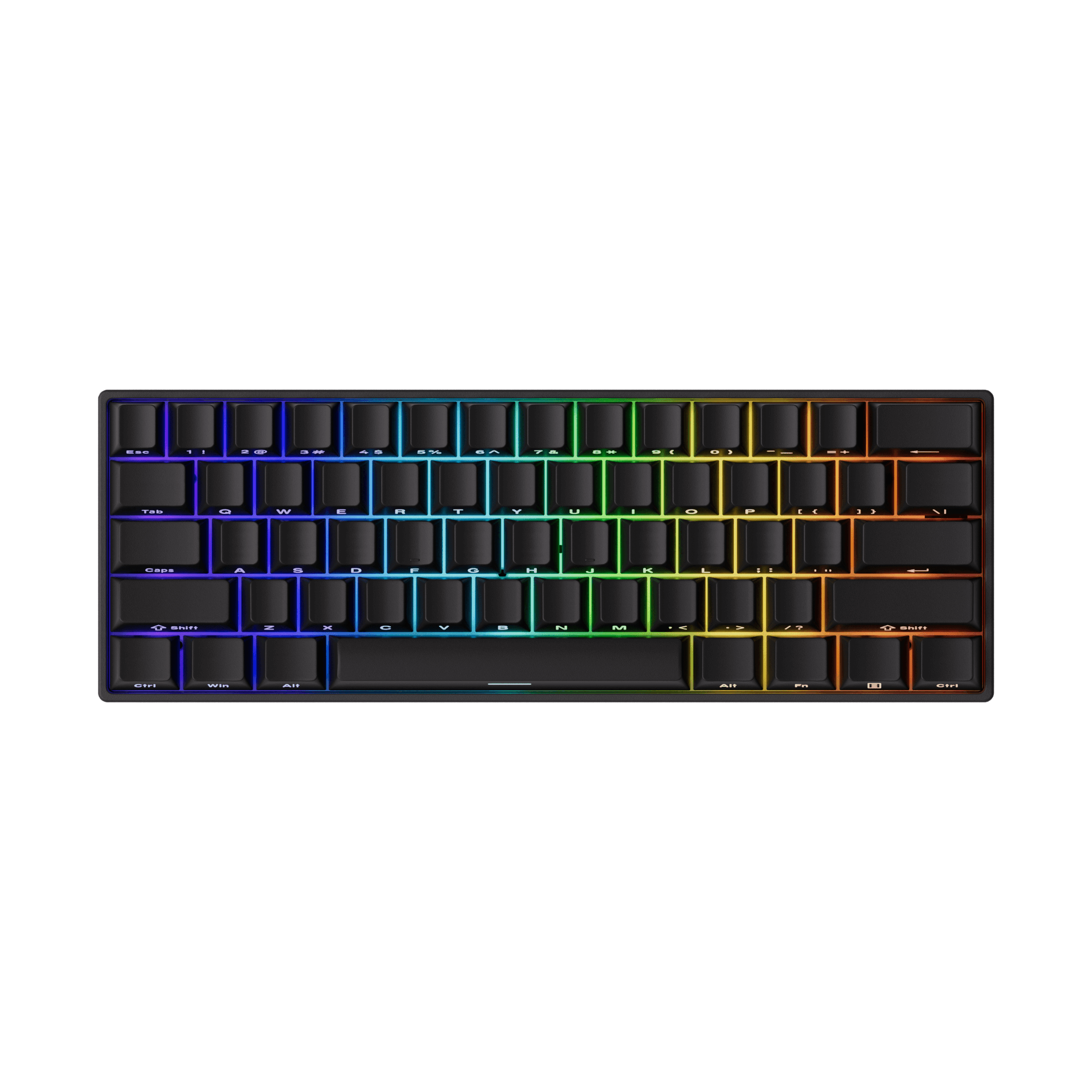

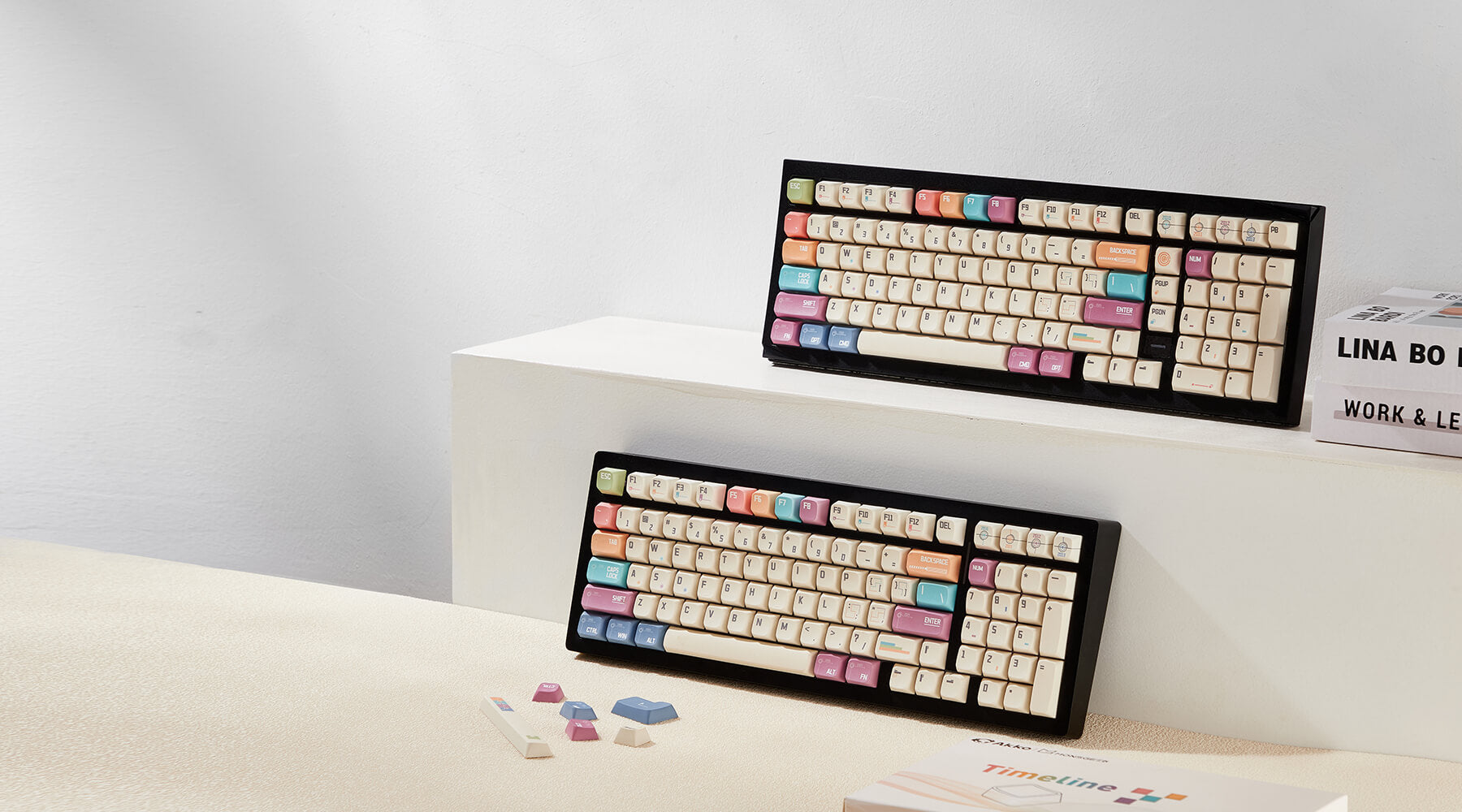

Commenta
Nota che i commenti devono essere approvati prima di essere pubblicati.
Questo sito è protetto da hCaptcha e applica le Norme sulla privacy e i Termini di servizio di hCaptcha.